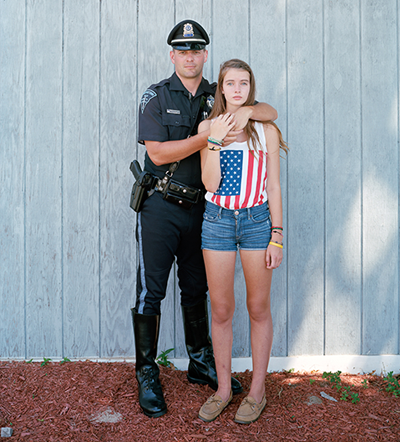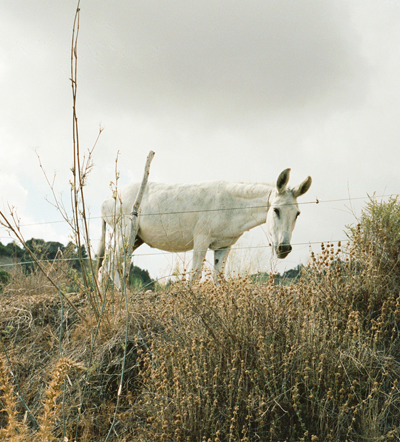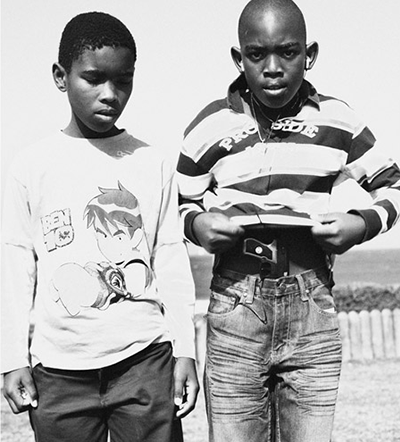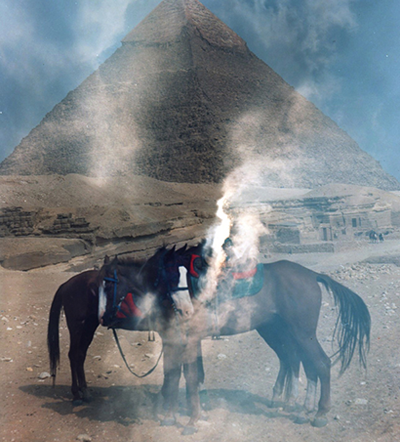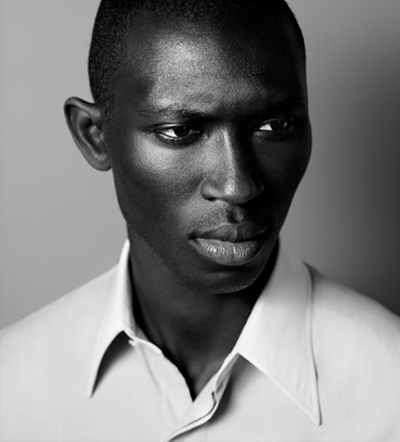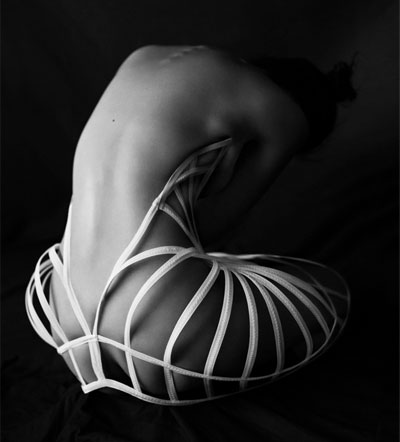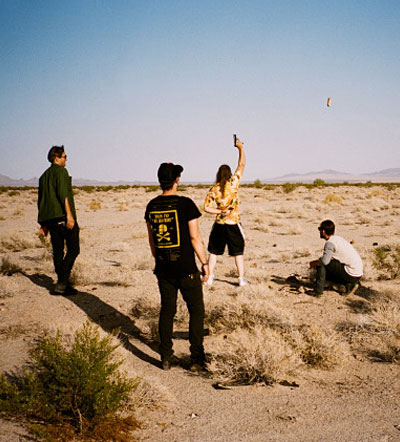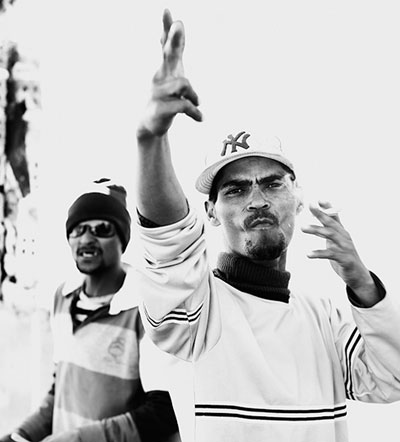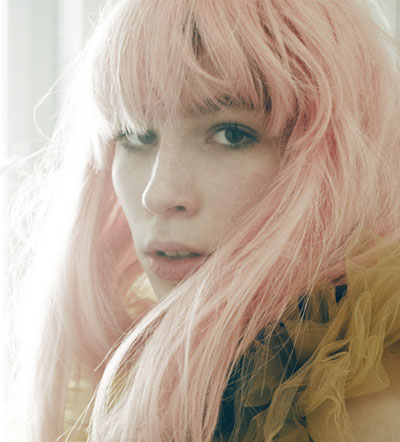“Photography invaded my life,” Sebastião Salgado says during a TED speech on Genesis. An activist and former economist, Salgado’s demeanor is telling of the forty years he’s dedicated to capturing and witnessing the world’s most devastating tragedies. In 1994, Salgado was in Rwanda, documenting the genocide of the Tutsi, which would later be published in Migrations (2000). It was this that led Salgado to crave a project where his focus was not the tragedy of humanity, but instead, the beauty of this planet. The result is Genesis, his most recent and, he says, final project as a photographer.
Published by Taschen, Genesis is the result of approximately thirty trips on foot, light aircraft, boats, canoes, and hot air balloons over almost a decade. Some may view Genesis as a tangent to Salgado’s previous work, however, Salgado states that his mission has not varied and is instead simply approaching the same message from the opposite end.
It is a remarkably positive statement for a photographer who has spent his life following devastation. Biblical landscapes and portraits of those unadulterated by modern society span a mammoth 520 pages, voicing the beauty that still exists on our planet. According to Salgado, “Forty-six percent of the planet is still as it was in the time of genesis”.




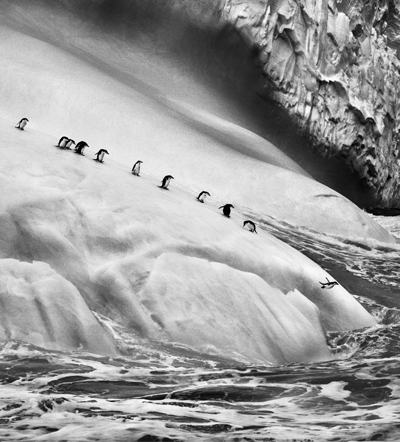
 Facebook
Facebook Permalink
Permalink Digg
Digg Reddit
Reddit LinkedIn
LinkedIn StumbleUpon
StumbleUpon Tumblr
Tumblr
